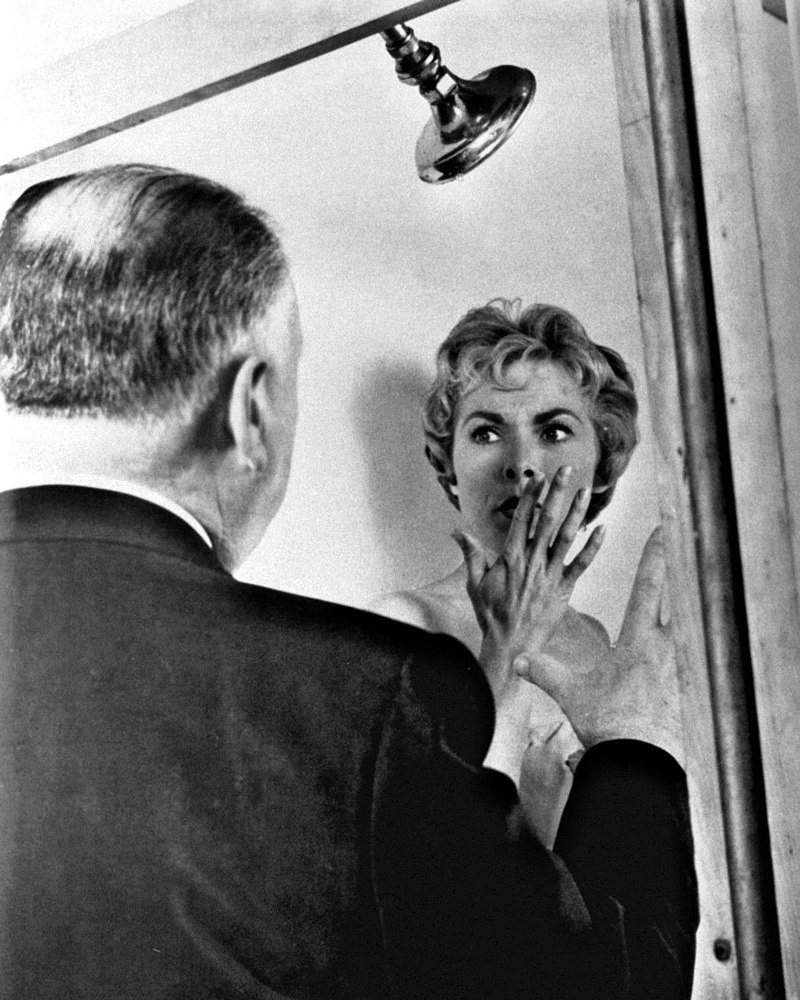
There are two types of writers: plotters, who plan out their story, sometimes in great detail before they begin, and “pantsers,” who prefer to write without knowing the outcome in advance, content to sit at their desk and discover as they go along. I’m one of the latter.
But recently I pulled a book from my shelves that has led me to reconsider my approach. “Plot” is a 1988 primer by Ansen Dibell that takes a comprehensive look at this crucial element of storytelling.
“Ask someone what the plot of their favorite novel or story and they will tell you what happened in it. That’s useful shorthand when the conversation is about finished stories, but when it comes to writing one, it’s like saying “that a birthday cake is a large baked confection with frosting and candles,” Dibell says. ” It doesn’t tell you how to make one.”
“Plot,” says Dibell, “is built of significant events in a given story — significant because they have important consequences.” She gives two examples. Taking a shower isn’t a plot, nor is braiding your hair. Neither have any consequences. They are incidents.
But if it’s Janet Leigh stepping into the shower while homicidal maniac Tony Perkins waits to pounce in Alfred Hitchcock’s “Psycho,” or the mega-long braid that is going to let a prince climb up the tower where Rapunzel is being held by a witch, these mundane incidents are transformed into plots.
For two months, I’ve worked nearly every day on a novel. I’ve written scenes and dialogue — the foundations of dramatic narrative — and summary narrative that leaps across time and space. But until I read Dibell’s book and other sources that discuss plotting, I didn’t realize I may just have been spinning my wheels because I didn’t ask some critical questions before I started.
- Is there something at stake? Plotting is the way you show things matter.
- Have I identified a protagonist, the person, in writing coach Jack Hart’s words, “makes things happen”?
- Can I summarize my plot in a sentence, the shorter the better, even if it takes hundreds of pages to play out? Two more examples from Dibell. “A group of British schoolboys, attempting to survive after their plane crash lands on a tropical island, begins reverting to savagery. That’s the plot of William Golding’s “Lord of the Flies.” “The police chief of a New England vacation community, although terrified of the ocean, sets out to destroy a huge killer shark.” “Jaws.”
- Have I established the sequence of events “that occur when a sympathetic character encounters a complicating situation that he confronts and solves,” which is two-time Pulitzer Prize-winning narrative writer Jon Franklin’s definition of story.
- Have I identified plot points, “any development that sends the story spinning off in a new direction,’ in screenwriting teacher Robert McKee’s formulation? These will help me plan my story trajectory.
- Is my story going somewhere? Do I have an ending in sight, or at least in mind? Knowing your ending allows you to establish foreshadowing that can help build suspense and forge your story’s meaning.
Pantsing is fine for some writers, and has worked for me in the past, mostly with short stories when the journey is relatively short. But as the word count of my book rises, I realize I’m not sure where I’m going. And I don’t feel like spending a lot of time creating a spineless mass of prose that I may end up jettisoning or face a massive rewrite. With these questions in mind, I’ve decided to stop spinning and start thinking first, pansting less and plotting more. If you’re struggling with a story, you might want to do the same.